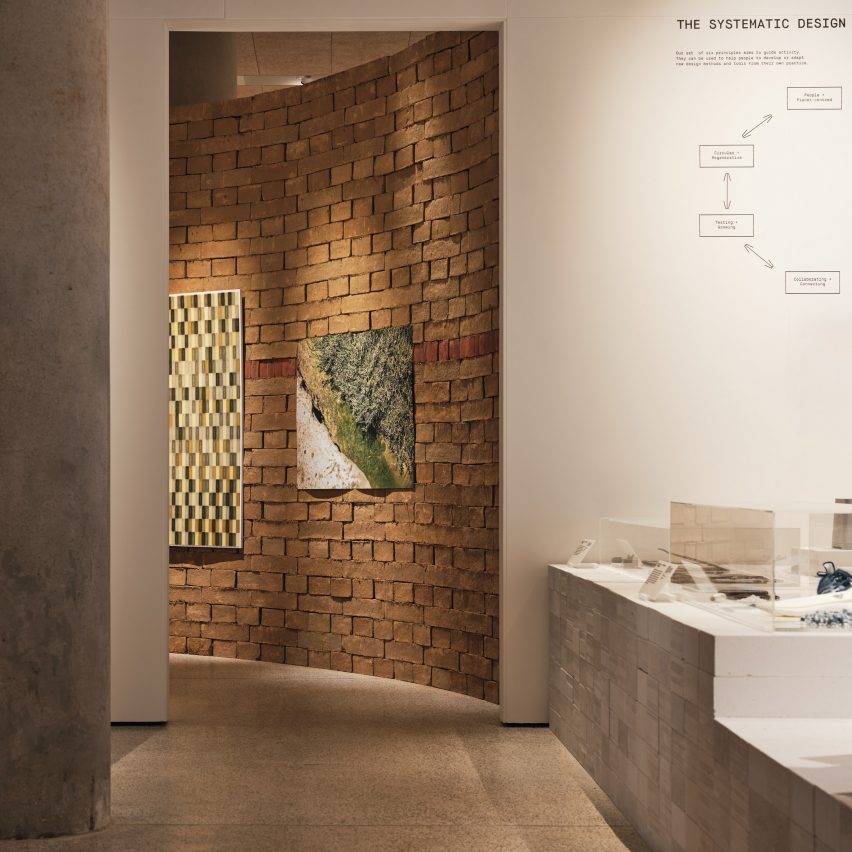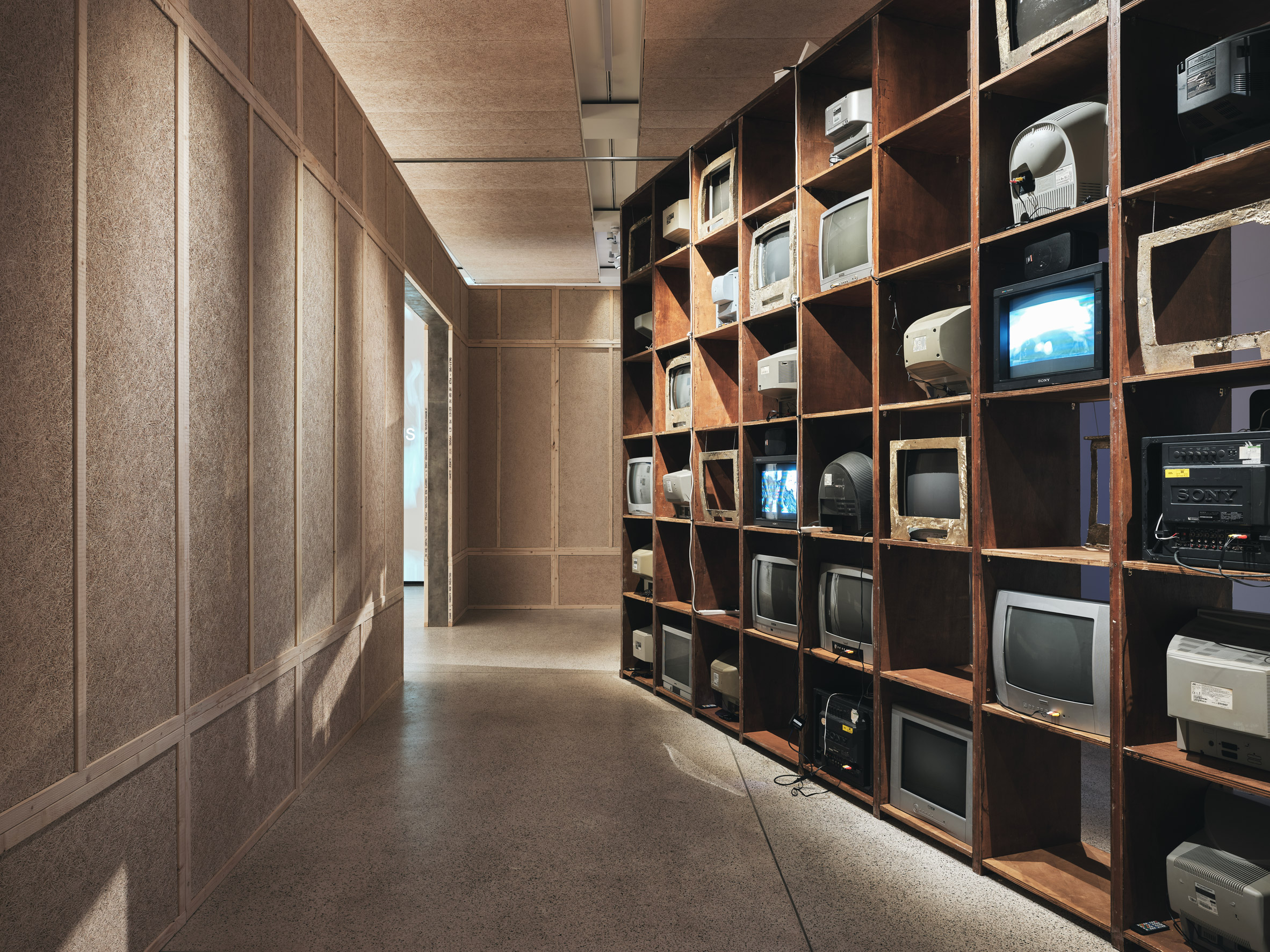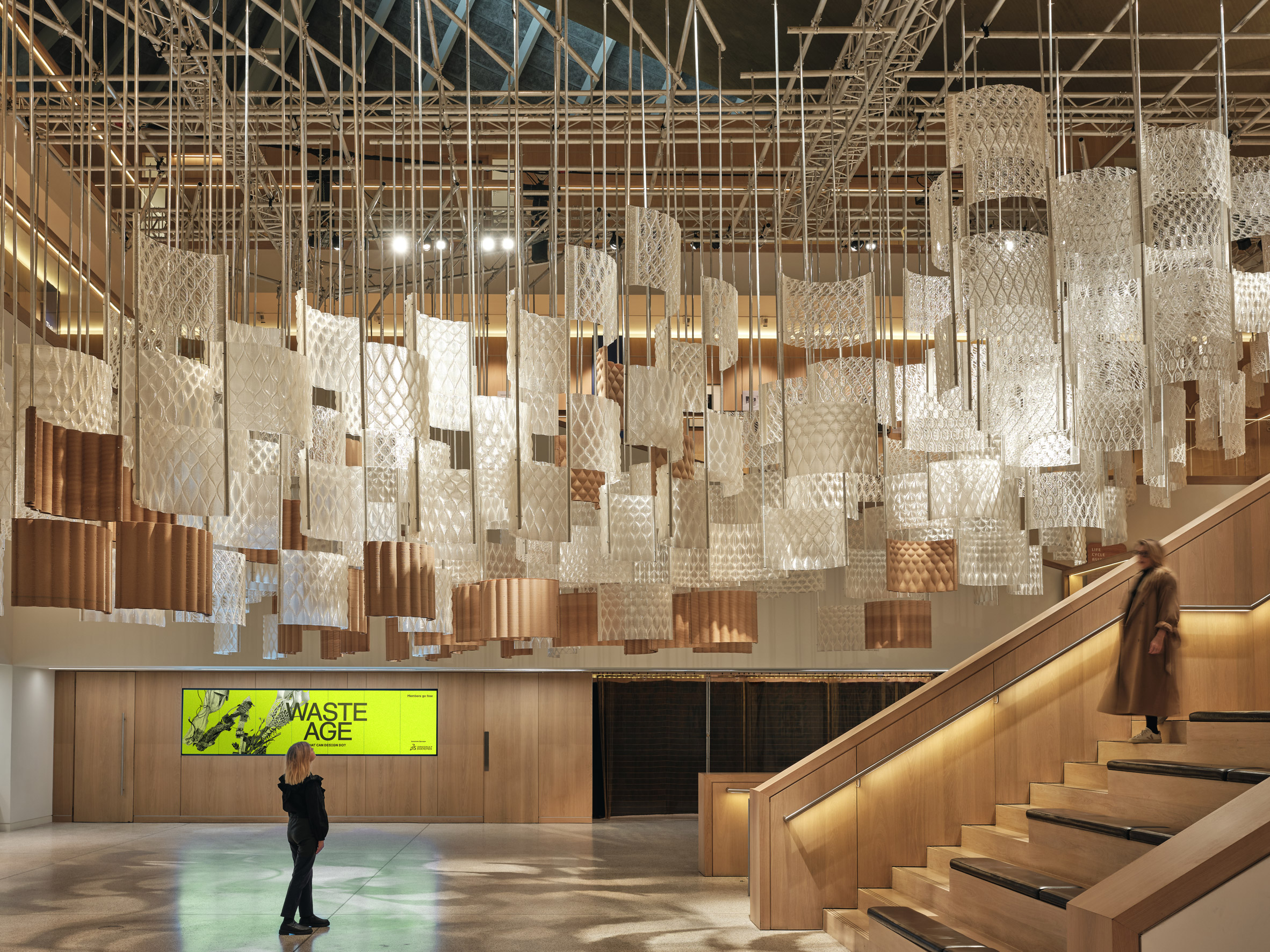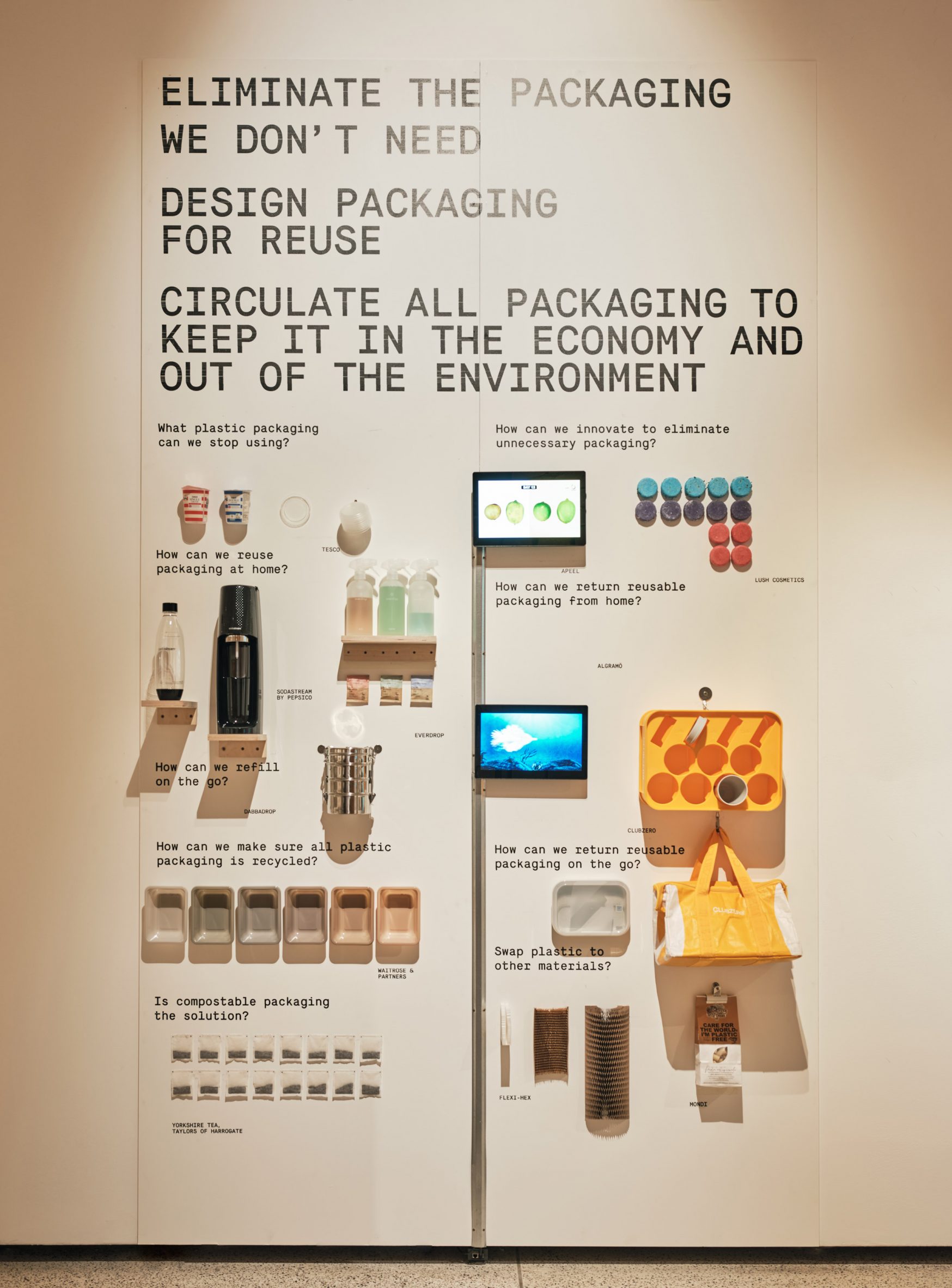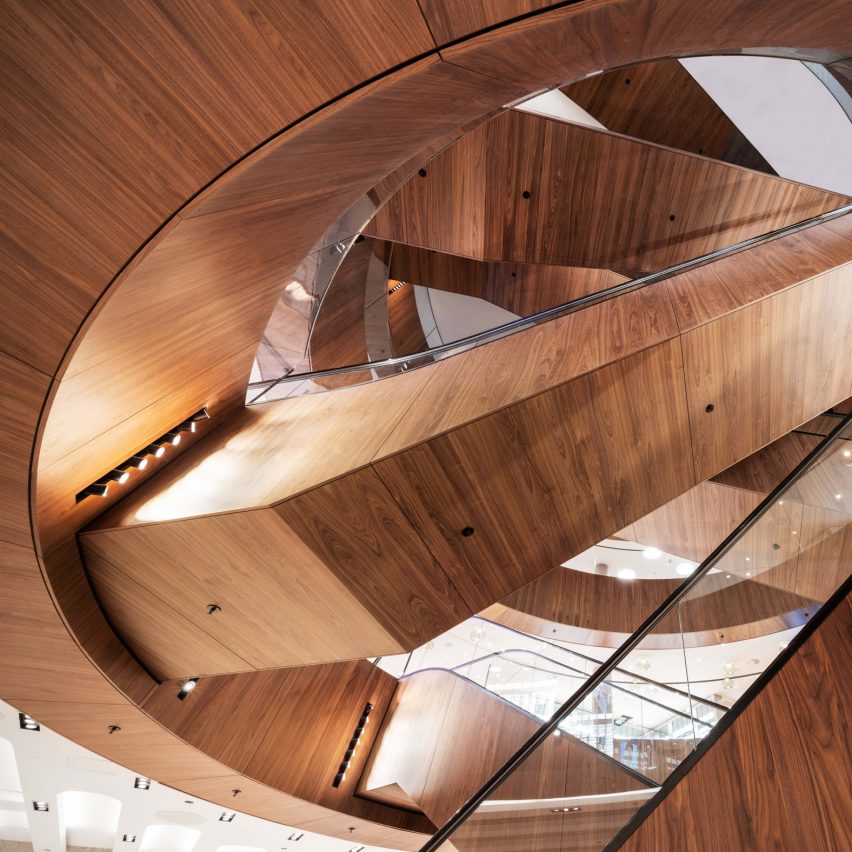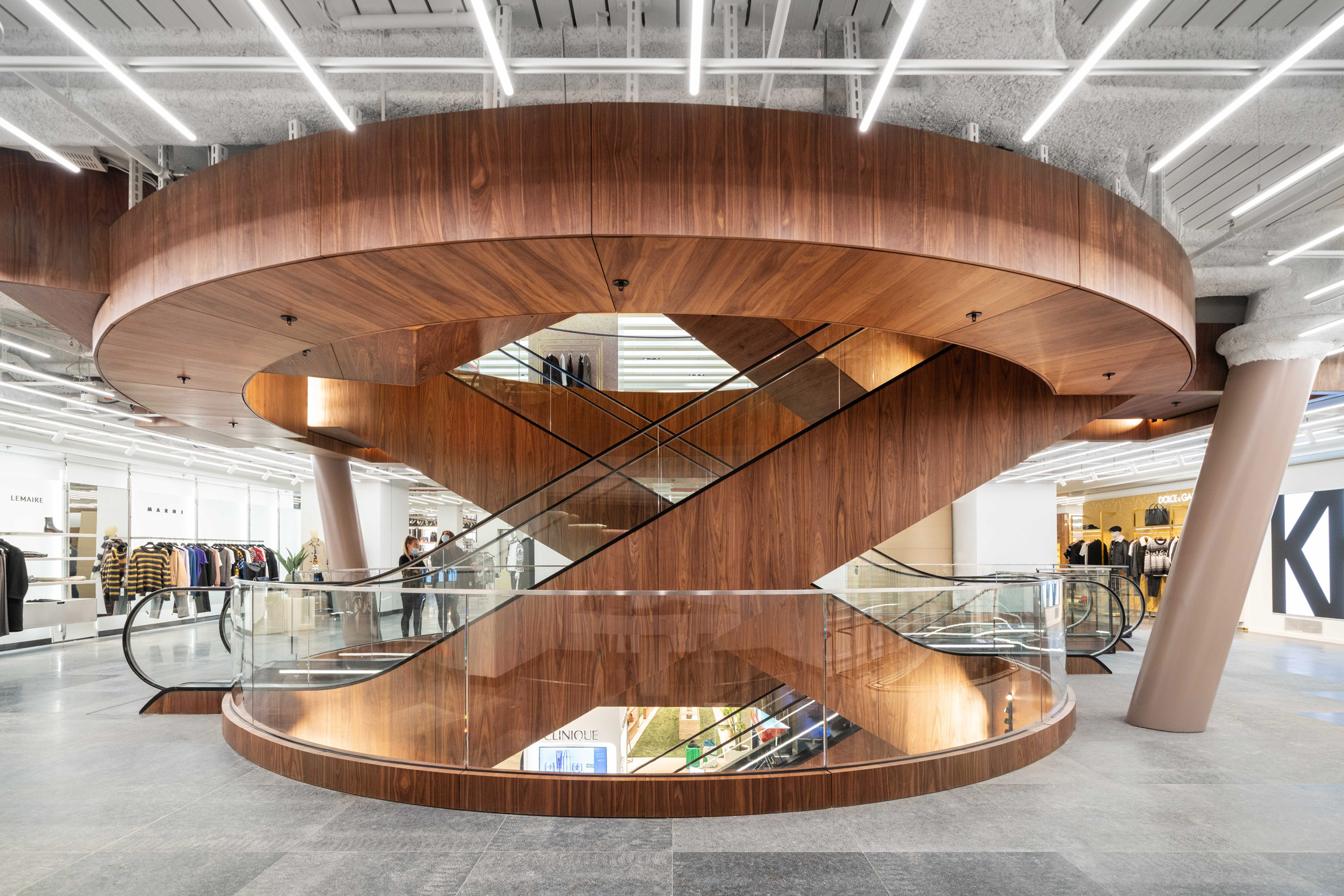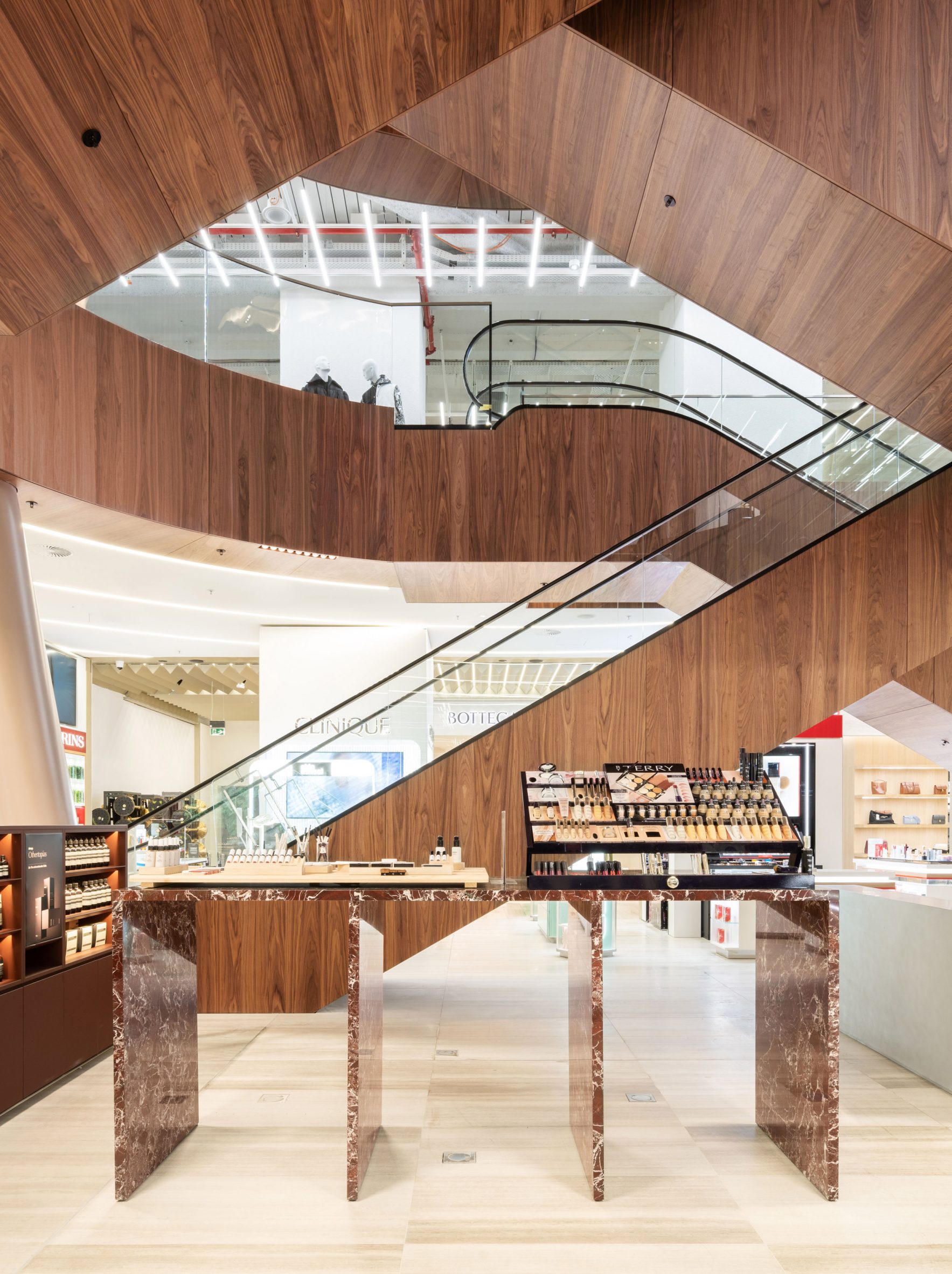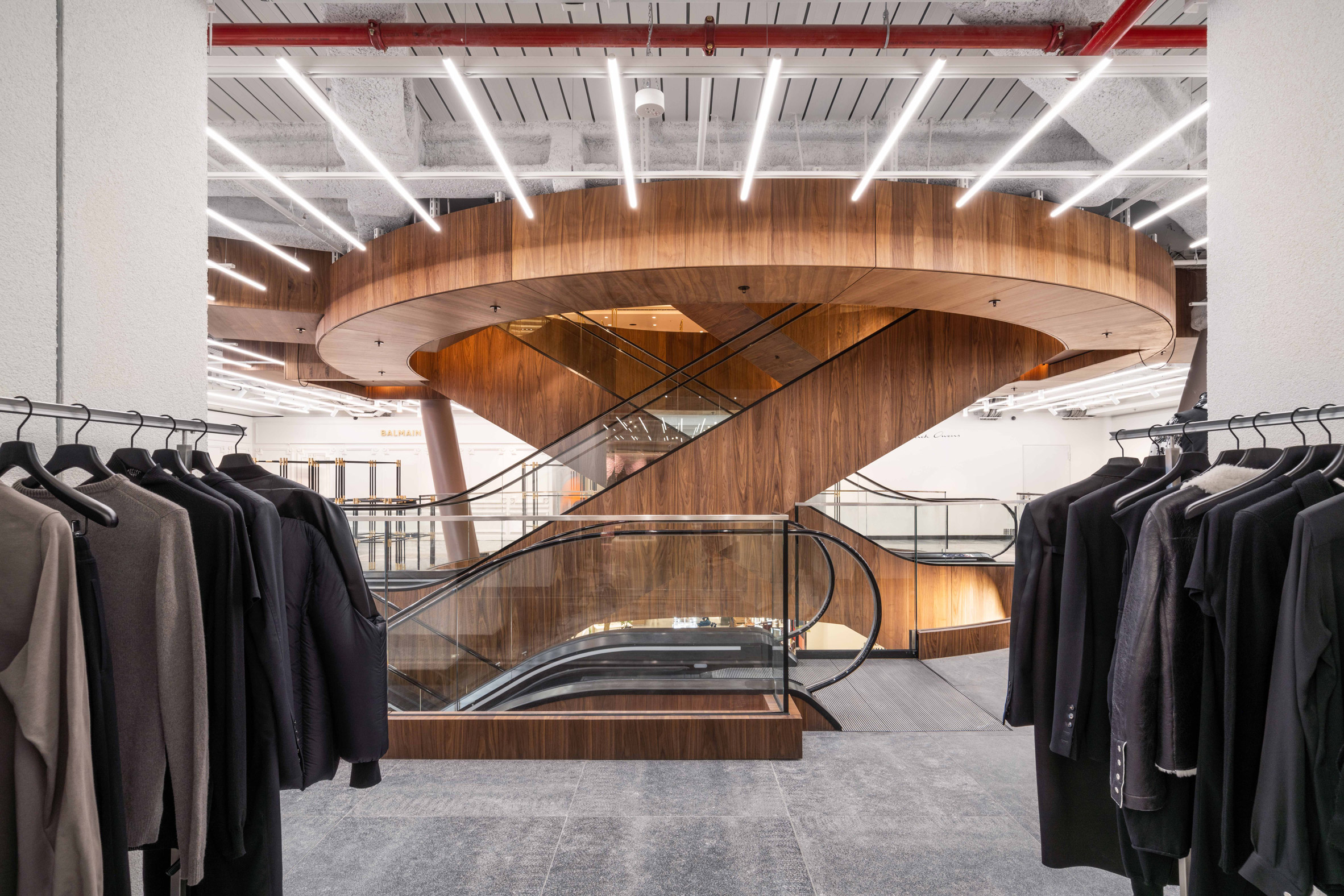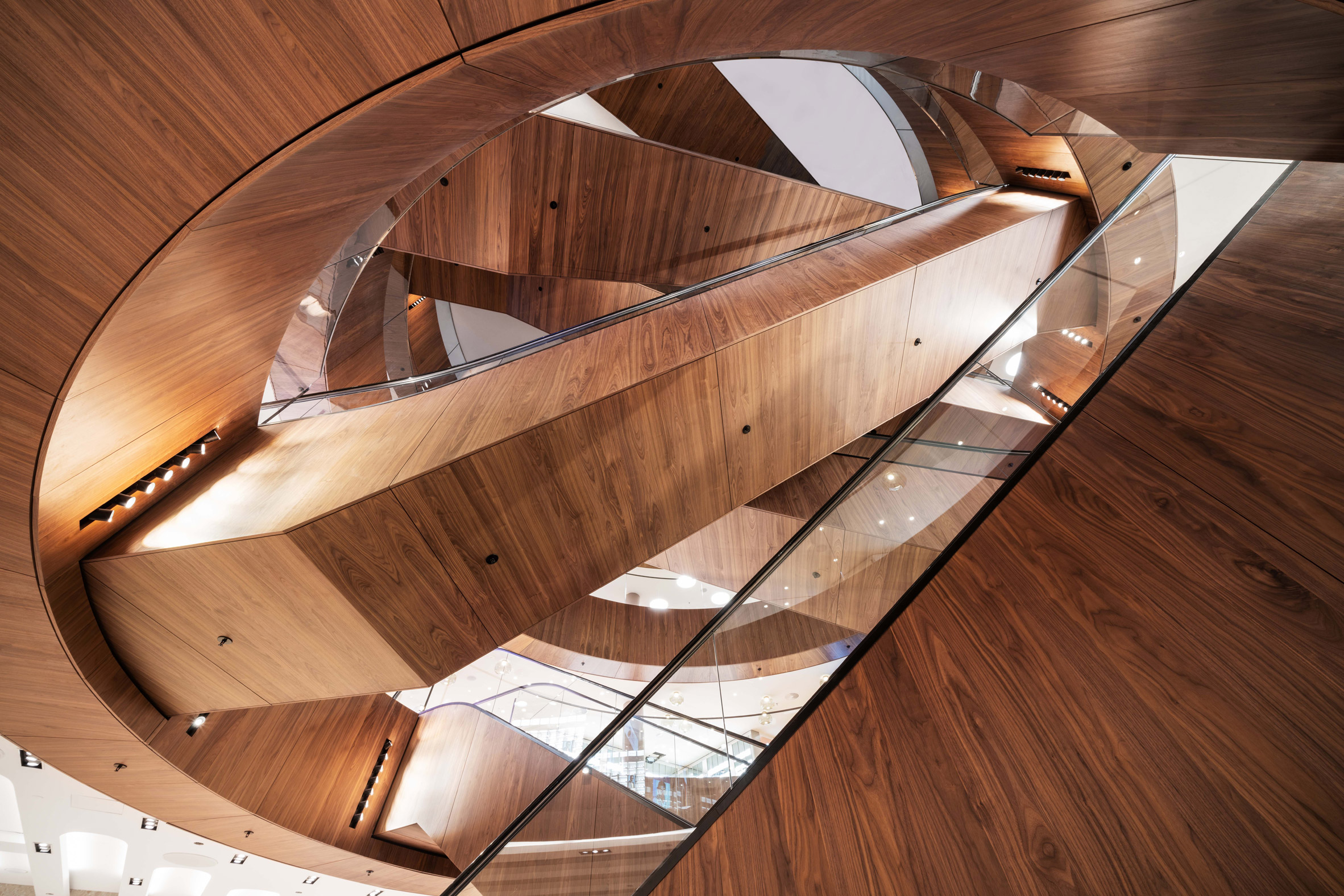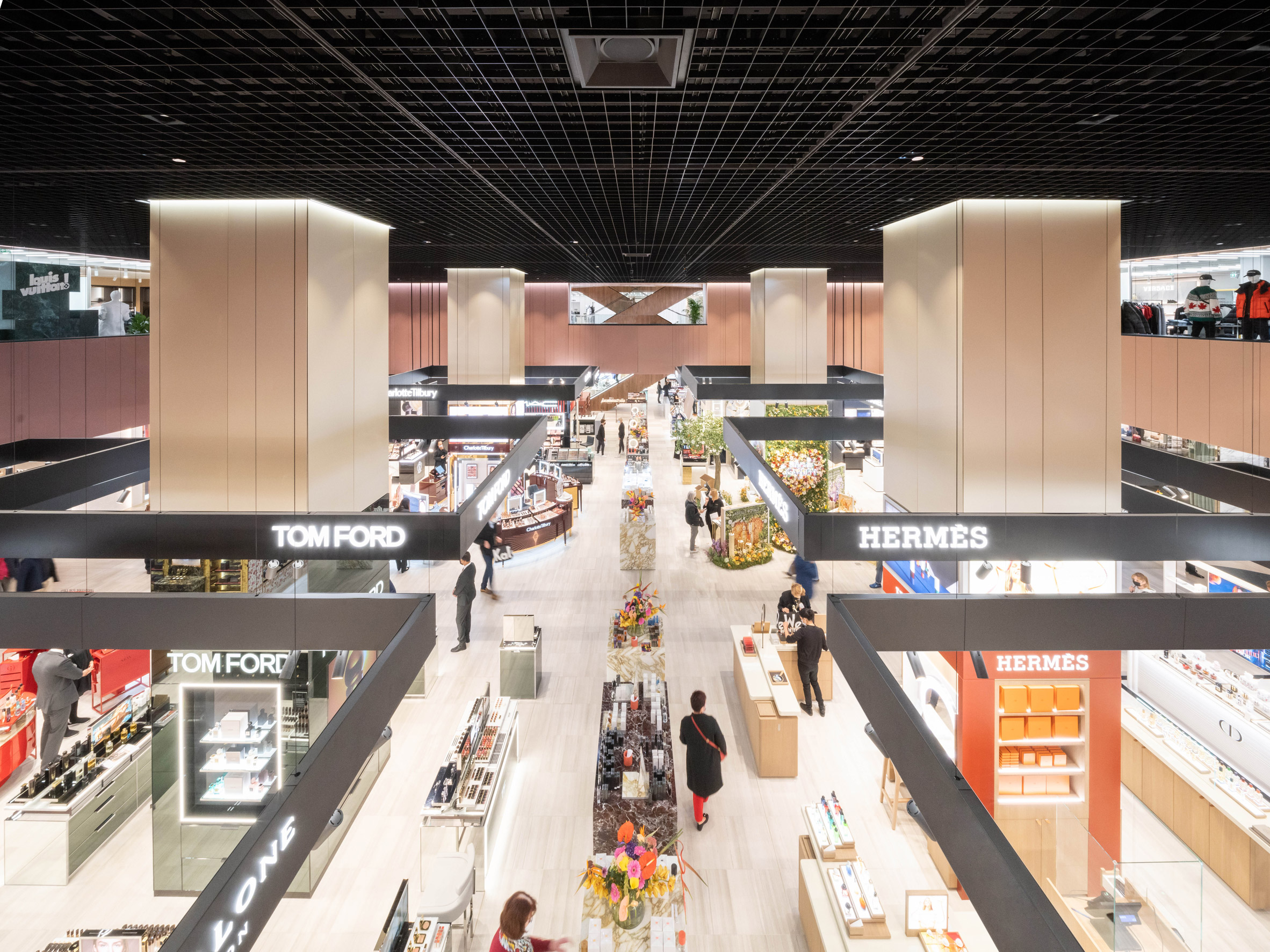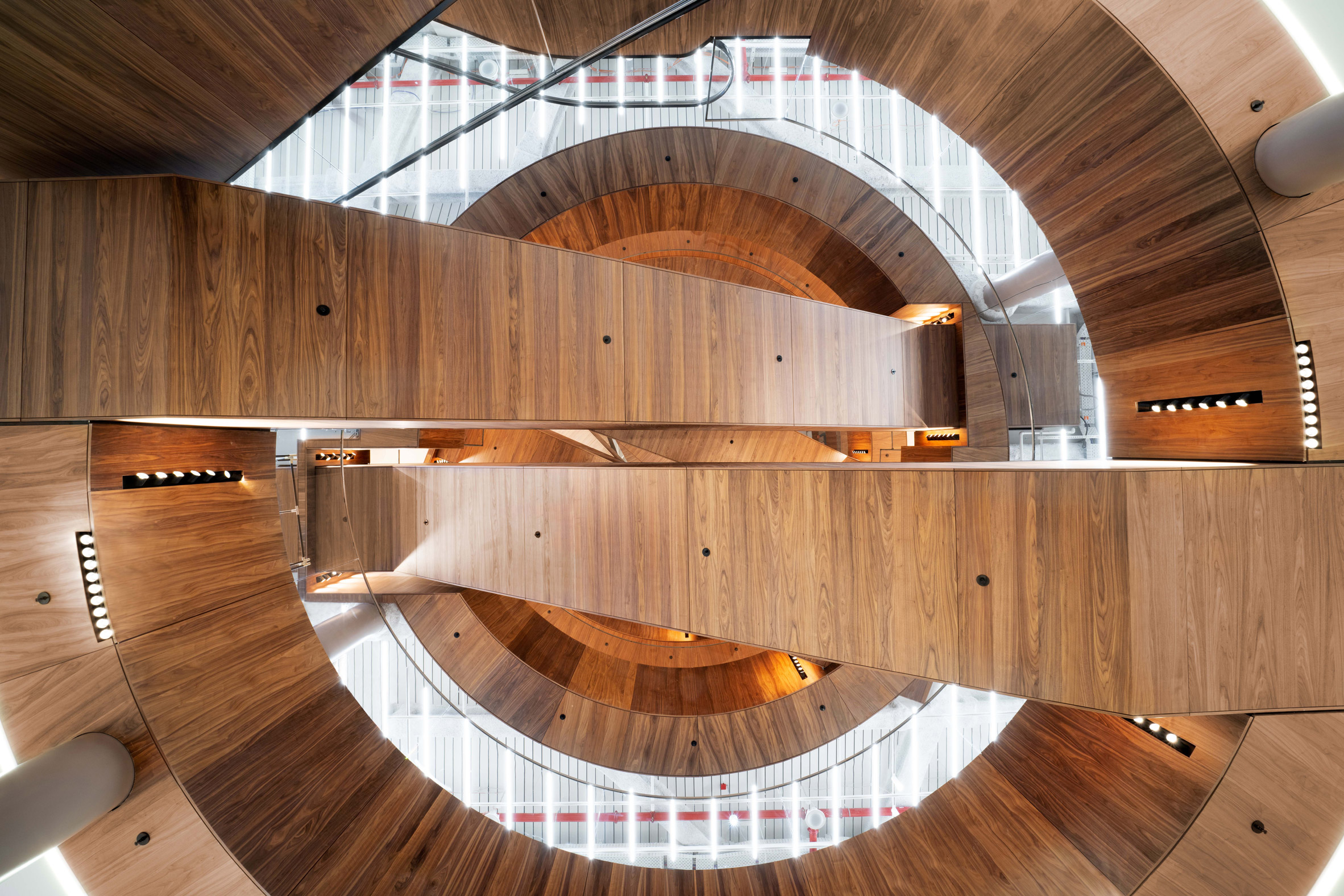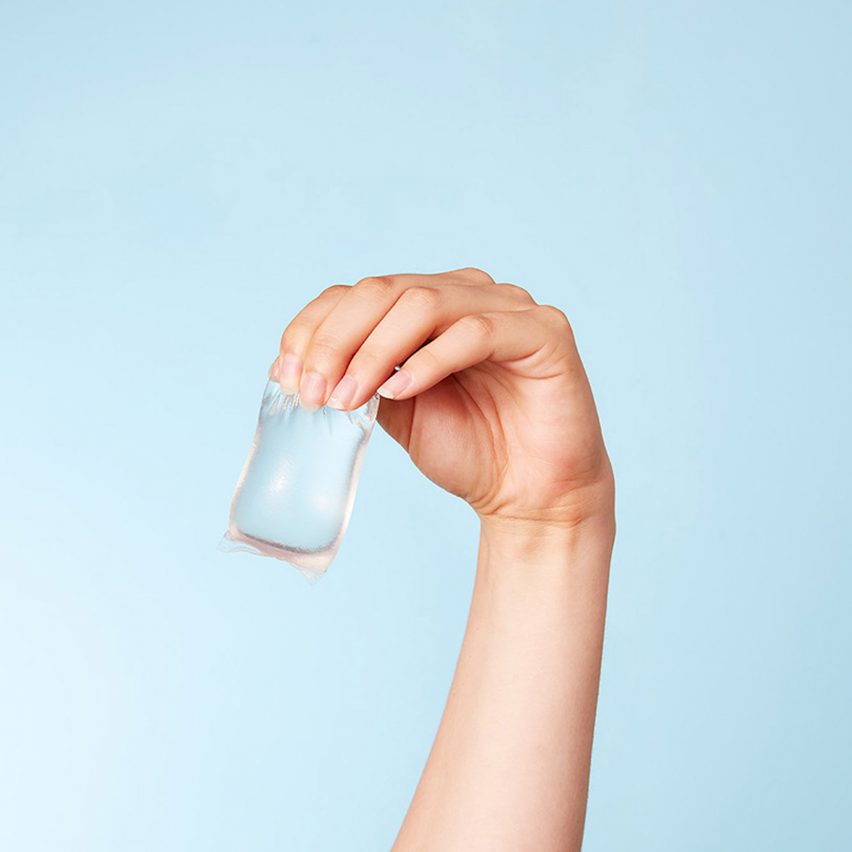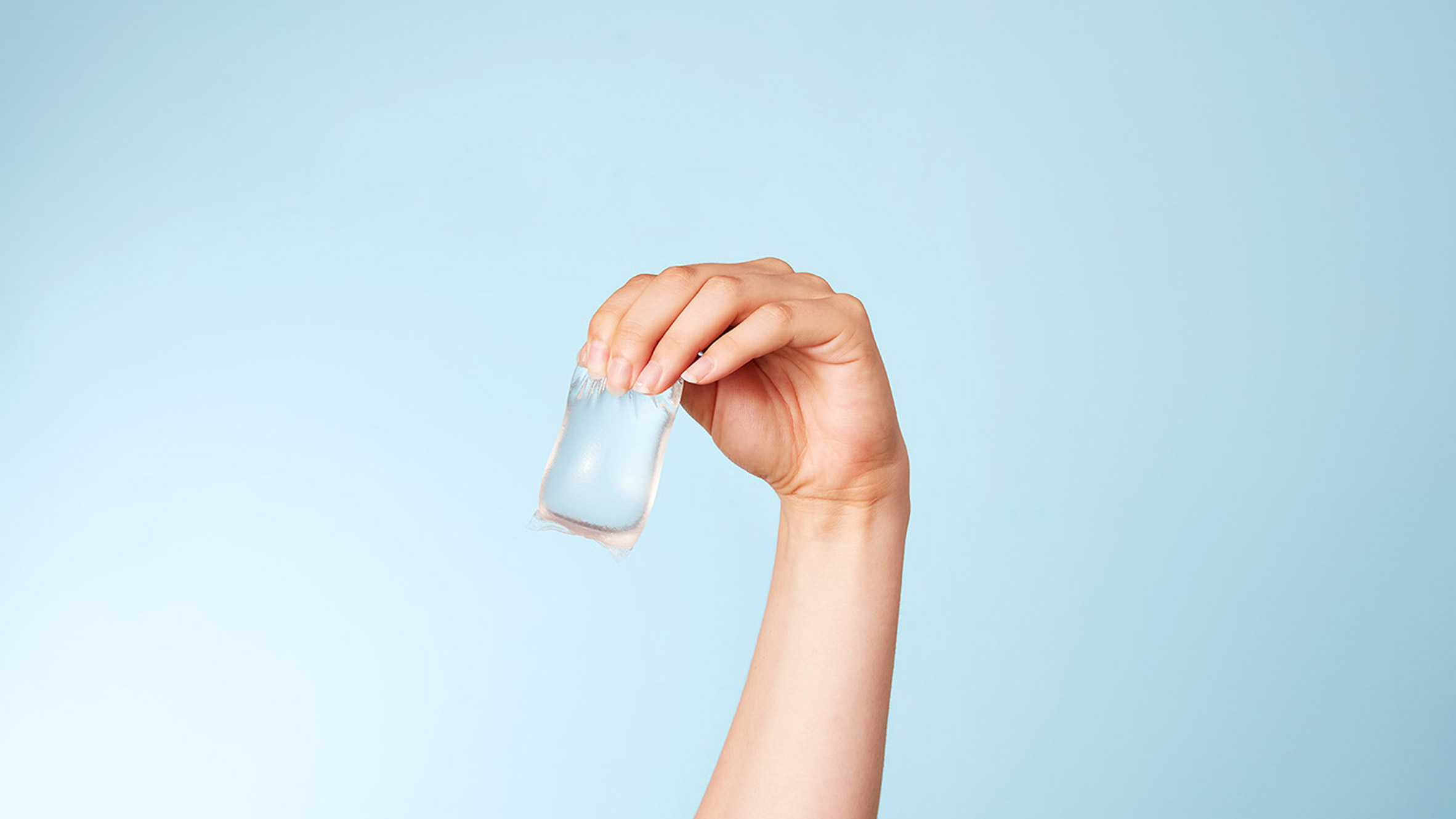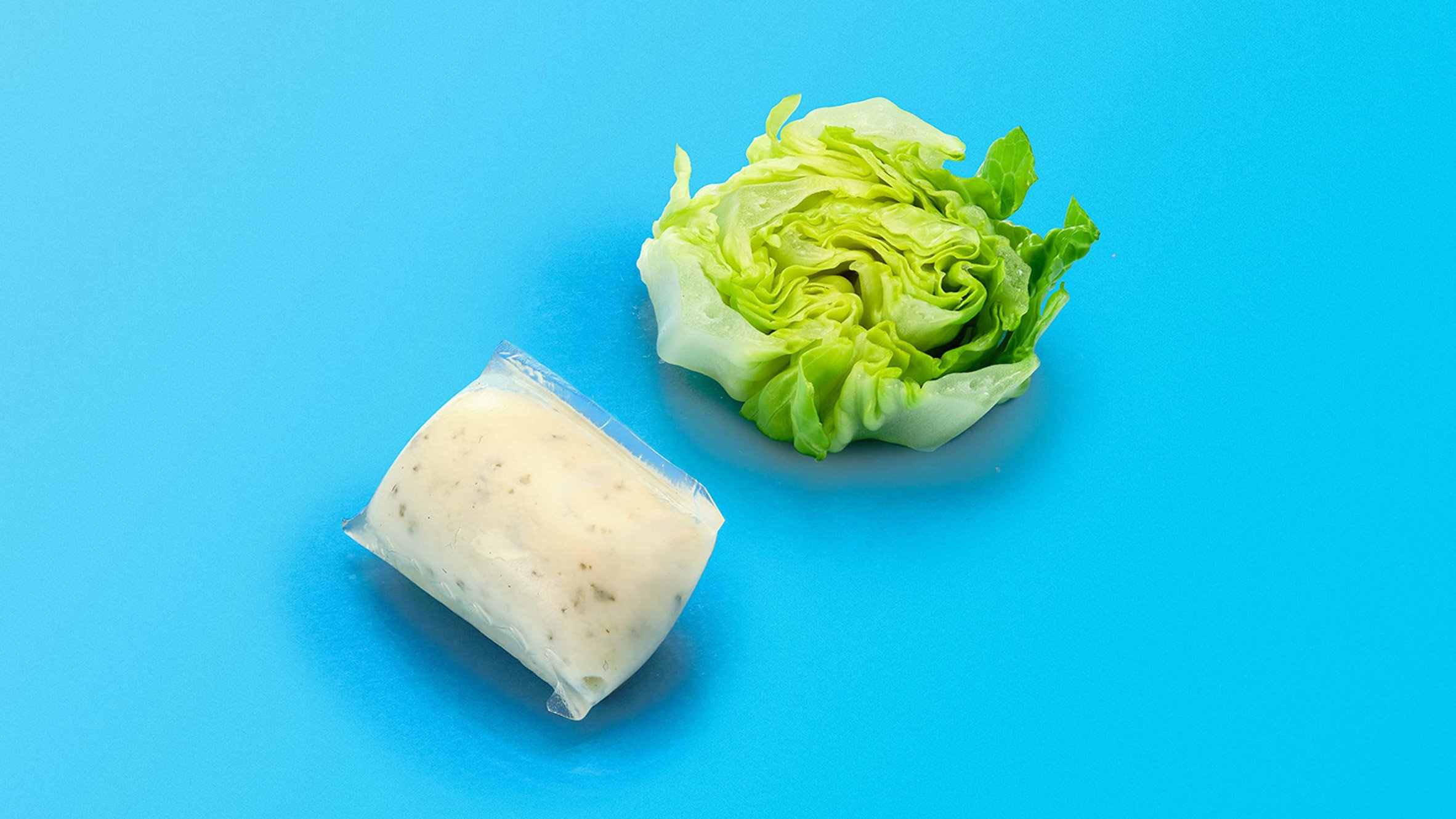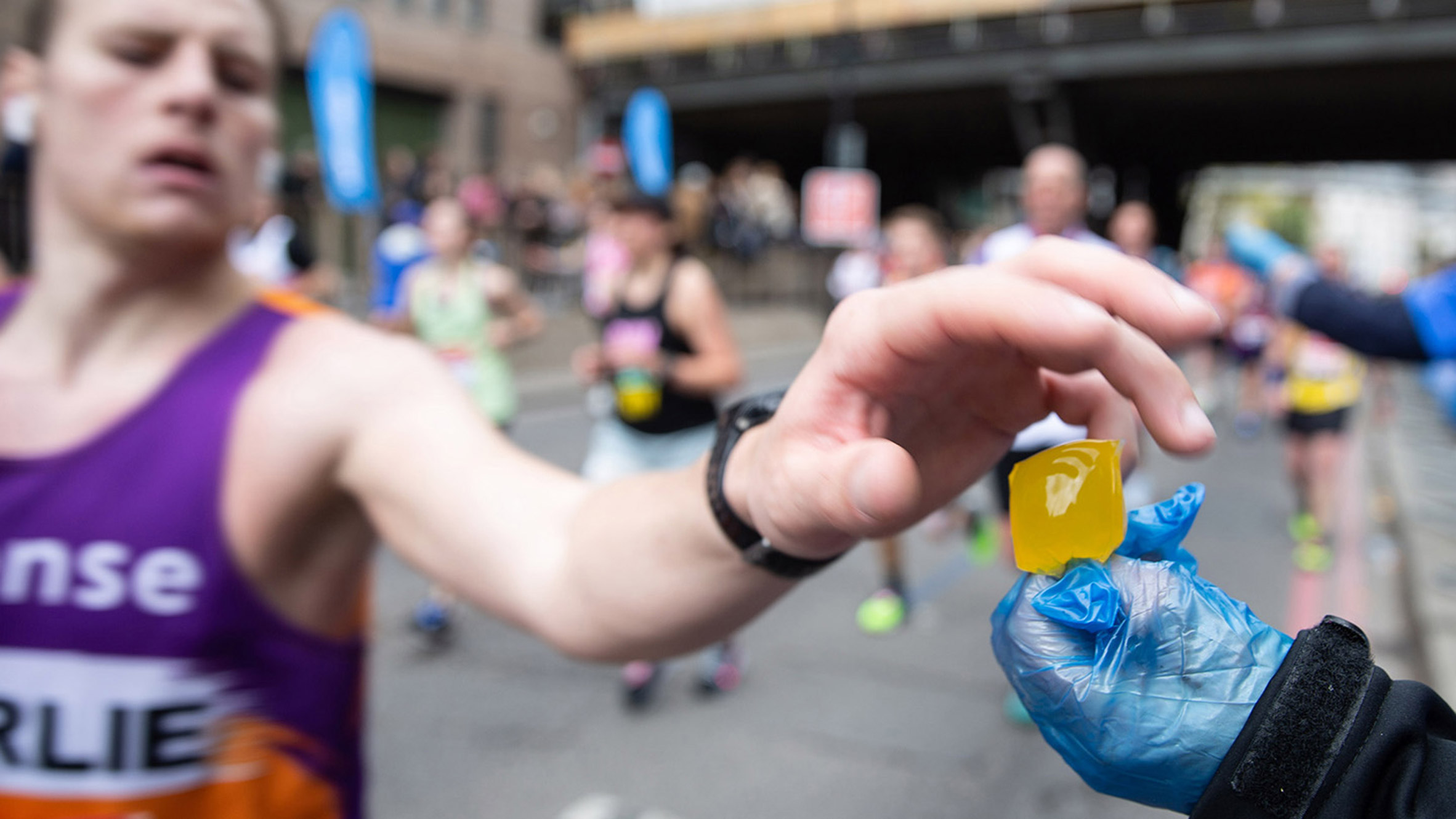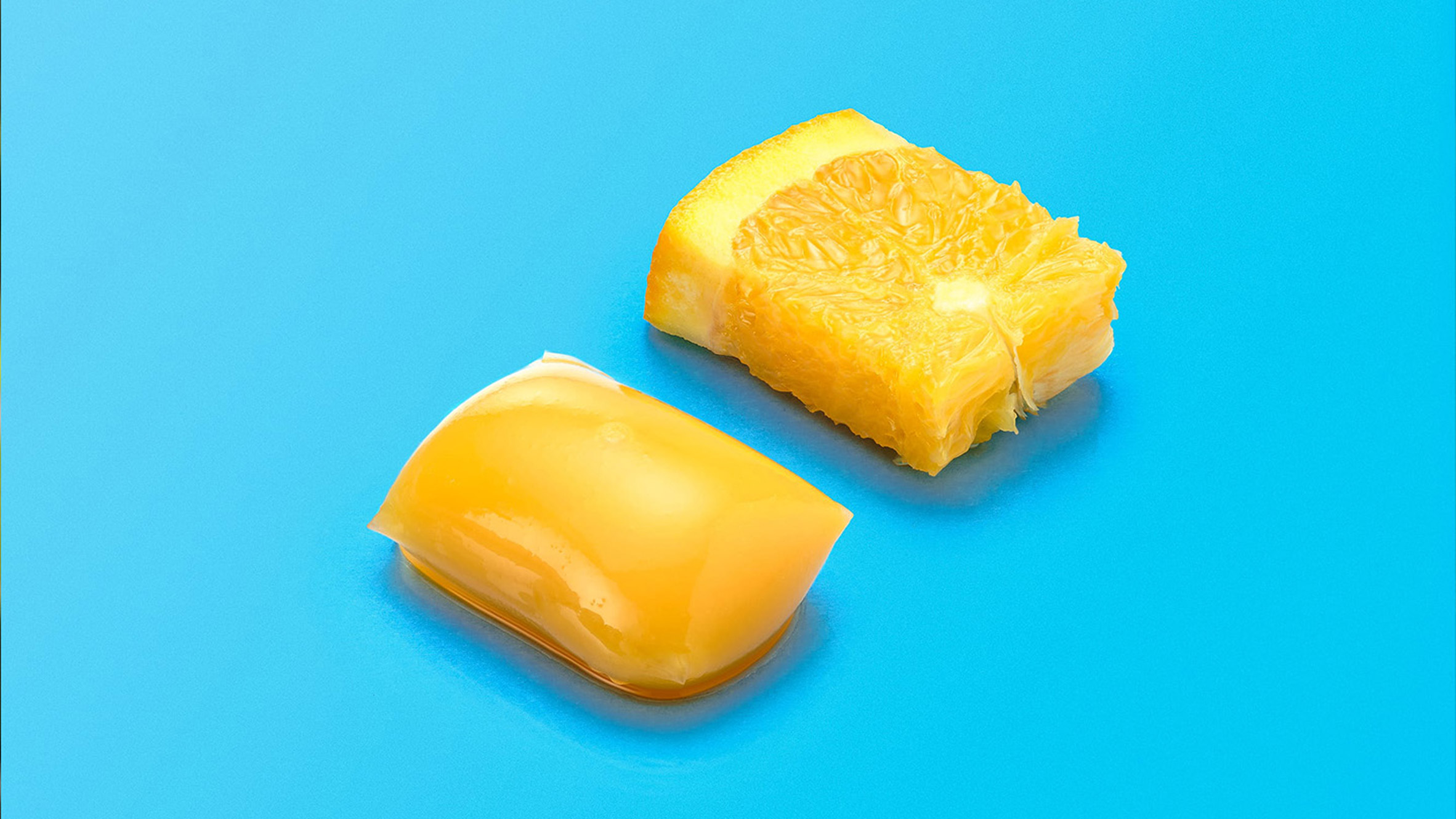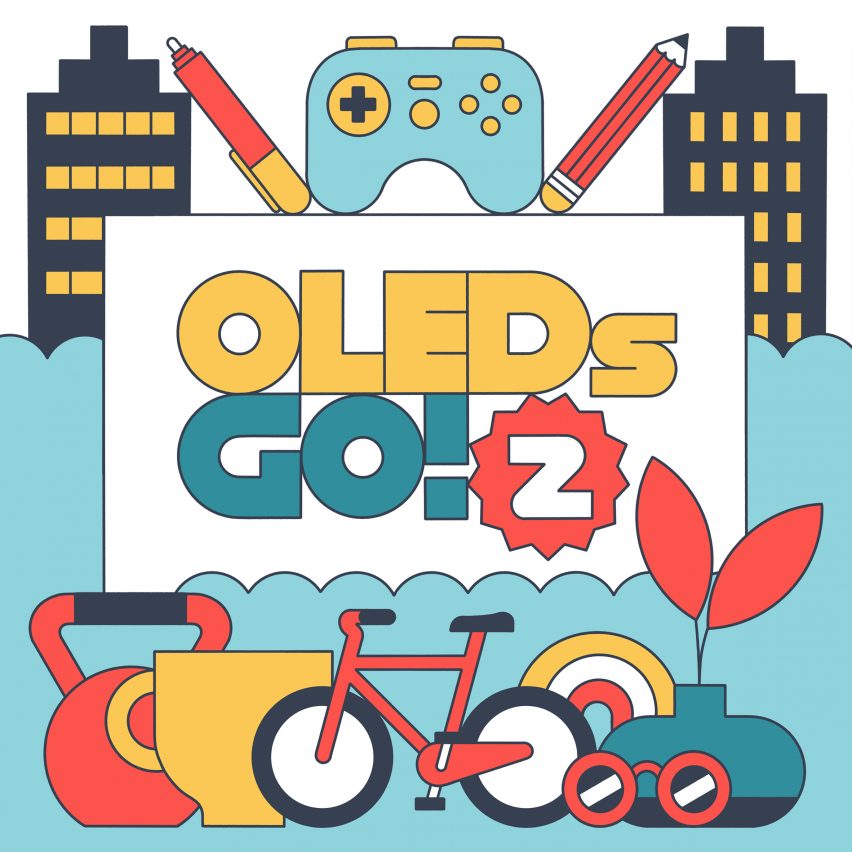
Dezeen has teamed up with LG Display for the second year running to launch a new edition of the OLEDs Go! design competition, which seeks creative OLED designs to enrich people's changing lifestyles.
The competition is free to enter for anyone over the age of 18 in any country around the world, with a top prize of €35,000 and total prize money of €88,000.
It is open for entries until 20 December 2021.
Contest seeks designs to enhance people's changing lifestyles
Advances in technology and shifting cultural values are altering the way people of all ages across the world live their lives, while the coronavirus pandemic has made many people reevaluate the way they live and work.
The second edition of the OLEDs Go! competition is seeking designs that incorporate small to medium OLED displays (between 27 and 55 inches diagonally) that provide new experiences and enhance people's changing lives.
Entrants are free to design any product for any user or demographic around the world and can aim to improve a lifestyle that is emerging or changing for any reason.
OLED technology enables extremely light and thin digital displays
Designs should also utilise the key benefits of OLED technology.
OLED, which stands for organic light-emitting diode, is a technology used for digital displays on products such as televisions and smartphones.
It is different from other technologies, such as LED, because it creates illumination across a surface rather than from single points. This results in a glare-free, diffused light source that does not require the addition of a diffuser or reflector.
In displays, OLED pixels are self-illuminating, which means the technology can be used without a backlight. This results in deeper blacks, more accurate colour reproduction and wider viewing angles.
One of the main benefits of OLED technology is that the panels are extremely light and thin.
OLED panels can also be flexible or transparent when they are not illuminated (although they cannot currently be both transparent and flexible).
Competition seeks designs that can be produced using current technology
Designs must be feasible to manufacture using current OLED technology.
Rather than radical, futuristic concepts, the contest seeks practical designs that could be developed and produced over the next few years.
Full details of how to enter the competition are included in the competition brief and rules.
Competition entries will be judged by a jury comprising Dezeen editors and LG Display executives and designers, who will select the finalists and determine the overall winner.
Contest closes for entries on 20 December 2021
A shortlist will be published on Dezeen in February 2022, with the finalists revealed in March 2022 and the winner announced in May 2022.
The winner will receive a top prize of €35,000, the runner up will receive €20,000, third place will win €15,000, fourth place will win €10,000 and fifth place will win €8,000.
The competition closes for entries on 20 December 2021.
For more information about how to enter, including the full brief and rules, visit www.dezeen.com/oledsgo.
Contest builds on success of last year's OLEDs Go! competition
This is the second time that Dezeen has teamed up with LG Display to run the OLEDs Go! competition.
The inaugural contest was a huge success, receiving over 200 entries from 50 different countries around the world.
It was won by Richard Bone and Jisu Yun, who designed a transparent OLED television called Scroll that doubles as a shelf.
Entrants to last year's competition are free to enter this year's contest as well, including winners, finalists and those that made the shortlist.
However, any design that was shortlisted last year cannot be resubmitted or adapted for this year's edition of the competition. Designs that are too similar to any of the shortlisted entries from last year will also be discounted.
The top illustration is by Andrew Joyce.
Partnership content
OLEDs Go! is a partnership between Dezeen and LG Display. Find out more about Dezeen partnership content here.
The post Dezeen and LG Display launch second edition of the OLEDs Go! competition with €88,000 of prize money appeared first on Dezeen.
from Dezeen https://ift.tt/2ZvEKe8
